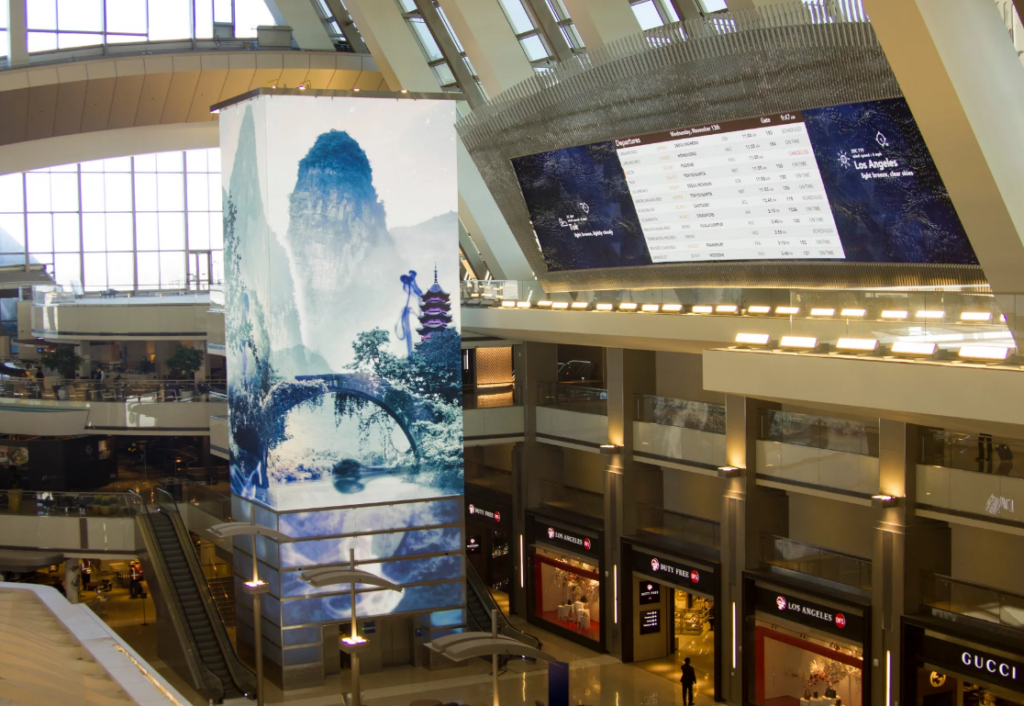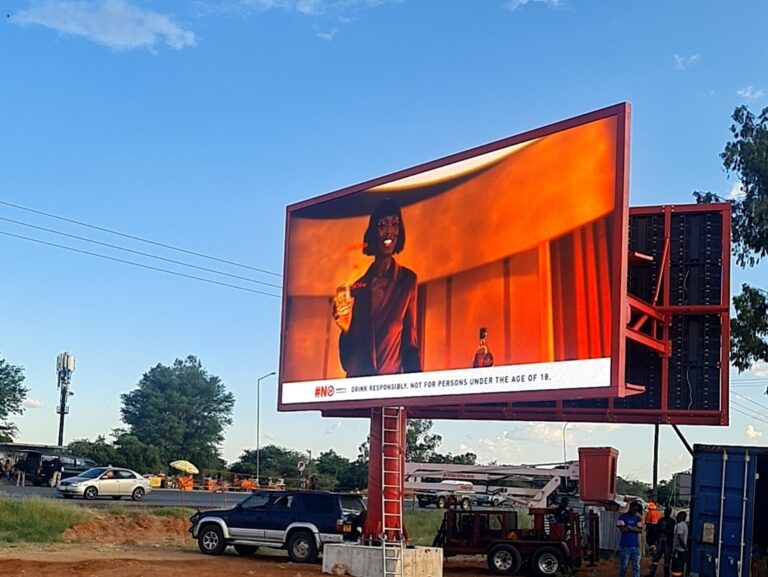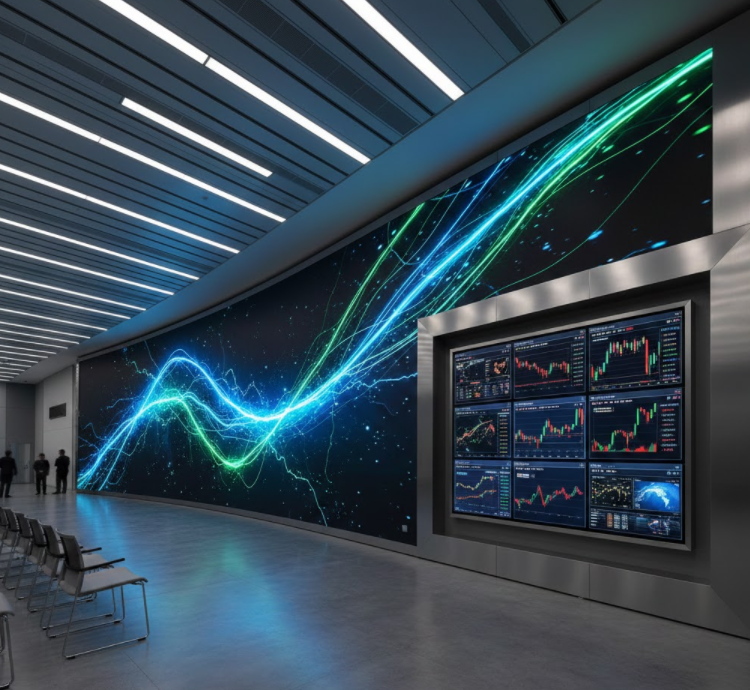With the continuous progress of technology, LED display has become an indispensable part of our daily life. When purchasing LED displays, pixel density and resolution are two important parameters, but many people do not understand the difference between them. In this paper, we will discuss the meaning of pixel density and resolution of LED display and the relationship between them.
1. What is the pixel density?
Pixel density refers to the number of pixels per unit length or area. It describes the number of pixels per inch or square inch on the screen. The unit is PPI (Pixel Per Inch) or PPM (Pixel Per Meter).
For example, if a piece of 10 inches × If there are 1000000 pixels on the 10-inch LED display, its pixel density is 100 PPI. Generally, the higher the pixel density, the better the quality and clarity of the display.
2. What is the resolution?
Resolution refers to the number and arrangement of pixels on the display screen. It is used to describe the display capacity of the display screen, that is, how many pixels the screen can display. Common resolutions include 720P, 1080P, 2K, 4K, etc.
For example, 720P resolution means 1280 on the screen × 720 pixels, 1080P resolution means 1920 on the screen × 1080 pixels. The higher the resolution, the finer and clearer the image displayed on the screen. The resolution of LED display screen with small spacing is higher than that of general display screen.

3. Difference between pixel density and resolution
Although pixel density and resolution are both used to describe the display quality of LED displays, they have different meanings.
First, pixel density describes the number of pixels on the screen, that is, the size of pixels. The resolution describes the arrangement of pixels on the screen, that is, the number of pixels.
Secondly, the higher the pixel density, the more delicate and clear the image displayed on the screen. The higher the resolution, the clearer and more detailed the displayed image, but it also needs higher pixel density to support.
For example, a 10-inch piece × 10-inch LED display with 1280 resolution × 720 (720P), pixel density is 100 PPI. If you want to increase the resolution to 1920 × 1080 (1080P), you need to increase the pixel density to more than 150 PPI, otherwise the image on the screen will be blurred and distorted.
In general, pixel density and resolution are two different parameters, but there is a close relationship between them. The pixel density determines the clarity and detail of the image, while the resolution determines how many pixels can be displayed on the display screen. Therefore, when selecting the LED display screen, you need to select the appropriate pixel density and resolution according to the actual needs.





